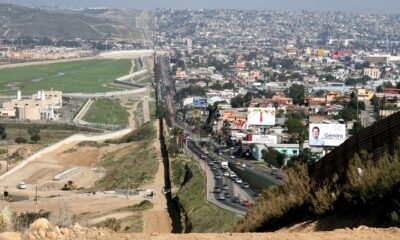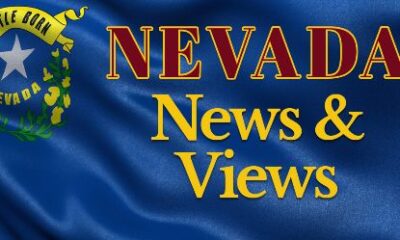(Retail Association of Nevada) – Black Friday is traditionally considered the day that a surge of holiday shopping launches retailers into profitability for the full year.
While we’ve always known the early bird gets the worm, this year, an escalating fear may affect consumer behavior more than ever before: inventory shortages. The concern that retailers could potentially run out of desired items may motivate consumers who normally procrastinate to start their shopping earlier this year.
Not only are retailers keeping inventories lower than last year, products included in door-busting Black Friday sales may not be available much past that day, let alone at the discount prices traditionally offered in promotions in the early morning hours on Black Friday eve.
According to Karabus Management, a retail advisory firm, inventory is 8 to 13 percent smaller for mid-price clothing, and 10 to 15 percent smaller for home furnishings this year.
“Cost conscious shoppers need to strike a balance between waiting for ever-better sales prices versus waiting too long and finding that the item is sold out because retailers have cut back on inventory,” said Mary Lau, President of the Retail Association of Nevada.
Last month, a national Gallup poll revealed that consumers over the age of 18 expected to spend $740 per person on gifts this year, up 16 percent from the $639 reported in December 2008 – good news for the retail industry.
The poll, which specifically asks respondents how much they plan to spend on Christmas gifts during the upcoming holiday shopping season, is generally conducted three times in the final quarter of each year.
The results of the second poll of the current holiday season were announced this week, and the results are less encouraging.
The latest poll, based on a national survey of 1,008 adults conducted November 5 – 8, indicates that Americans’ average holiday spending is now expected to be $638, a decline of 14 percent from the previous month. However, this amount is still above the average spending prediction of $616 reported in November 2008, and about equal to the spending prediction of $639 reported in December 2008.
In Nevada, where 1.9 million residents are over the age of 18, an average spending tab per adult customer of $638 translates into $1.2 billion in holiday spending, down $0.2 billion from the $1.4 billion forecast based on October’s poll.
“Regardless of overall spending levels, what is key for each individual retailer is whether it can break into the black, which is dependent on its individual sourcing strategy, cost structure and profitability margins,” noted Jeremy Aguero of Applied Analysis. “The state budget, on the other hand, is very much dependent on total spending volume and holiday taxable sales figures will be extremely important in that regard.”




Facebook
Twitter
Pinterest
RSS